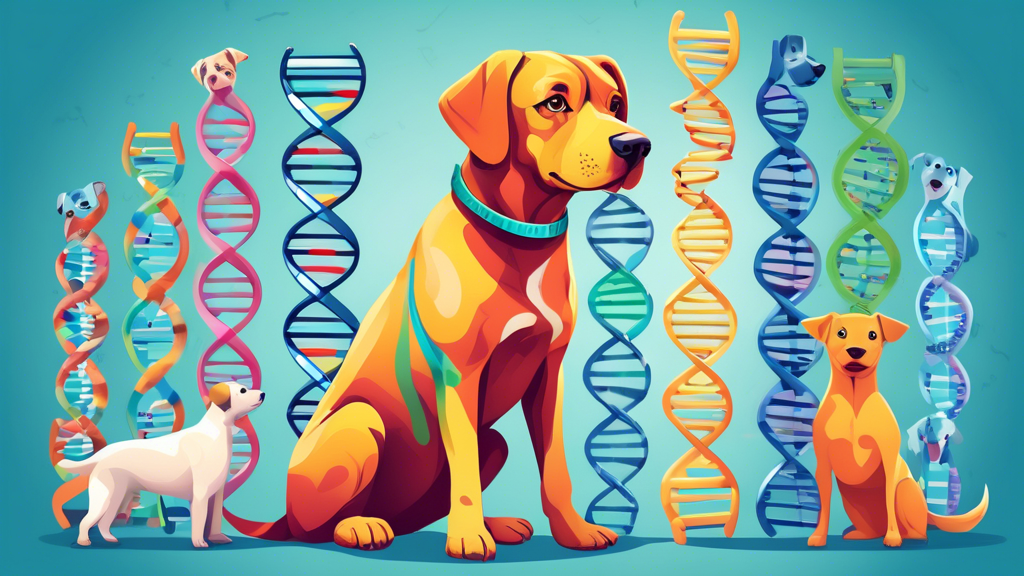As a dog owner or enthusiast, determining the exact breed of your furry companion can be an exciting and insightful journey. While physical characteristics and behavior can provide clues, they are often not enough to pinpoint your dog’s heritage accurately. This is where dog DNA tests come in handy. These tests analyze your pet’s genetic makeup to reveal their breed composition, shedding light on their ancestry and potential health risks.
How Dog DNA Tests Work
Most dog DNA tests are relatively simple and non-invasive. They typically involve a cheek swab or saliva sample that is sent to a laboratory for analysis. The sample is then processed to identify specific genetic markers unique to different dog breeds. By comparing these markers to a comprehensive database of known breeds, the test results can provide valuable insights into your dog’s genetic background.
Benefits of Using Dog DNA Tests
One of the key advantages of using dog DNA tests for breed identification is the accuracy they offer. These tests can detect even small traces of breed ancestry, making them more reliable than visual assessments. Additionally, knowing your dog’s breed composition can help you better understand their behavior, traits, and potential health issues, allowing for more personalized care and training.
Choosing the Right Dog DNA Test
When selecting a dog DNA test, it is essential to consider factors such as the test’s accuracy, breed database size, and additional features offered. Some tests provide information about your dog’s ancestry going back several generations, while others focus on specific health markers or traits. Be sure to research different testing companies and read reviews to find the best option for your needs.
Interpreting the Results
Once you receive your dog’s DNA test results, you may see a breakdown of their breed composition in the form of a percentage or list of primary and secondary breeds. It’s important to remember that these results are estimates based on genetic markers, and there may be some degree of uncertainty, especially for mixed-breed dogs. Consider consulting with a veterinarian or canine geneticist if you have questions about the results or want to delve deeper into your dog’s genetic background.
Conclusion
Using dog DNA tests for breed identification can be a fun and enlightening process for dog owners looking to learn more about their pet’s heritage. By understanding your dog’s genetic makeup, you can uncover valuable insights that can enhance their care and strengthen the bond between you and your furry friend.

